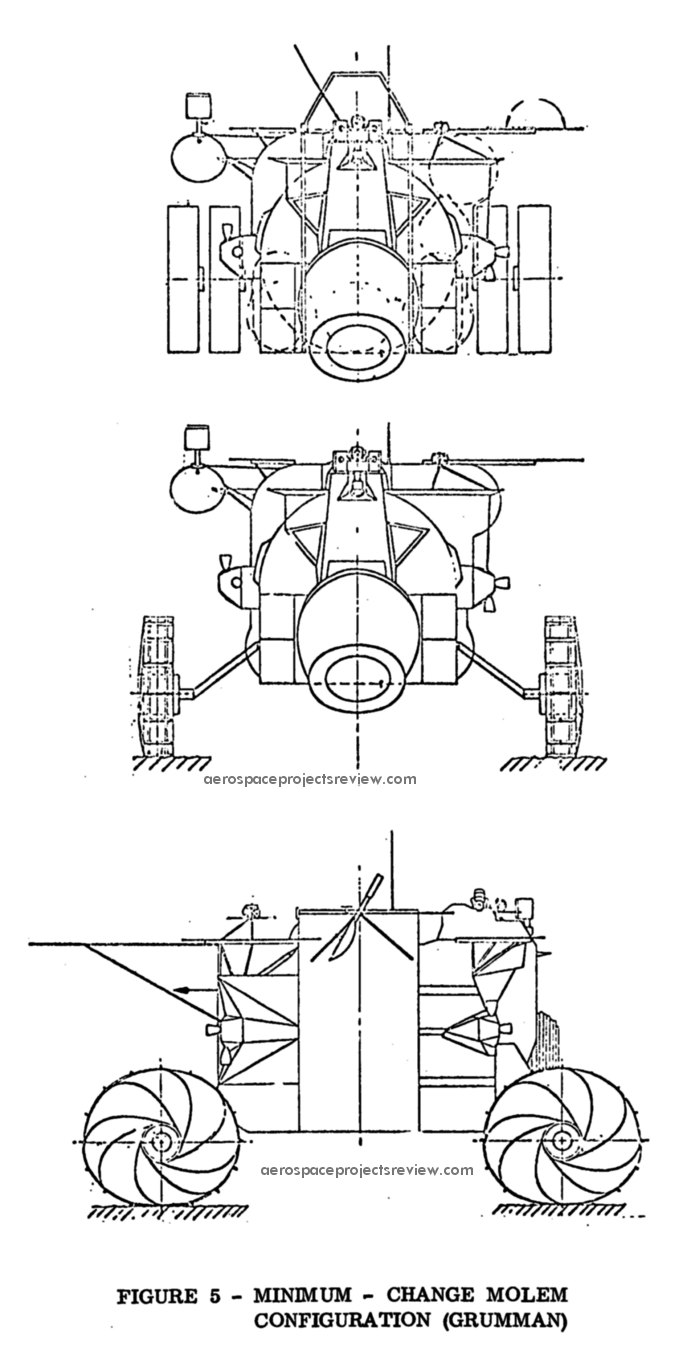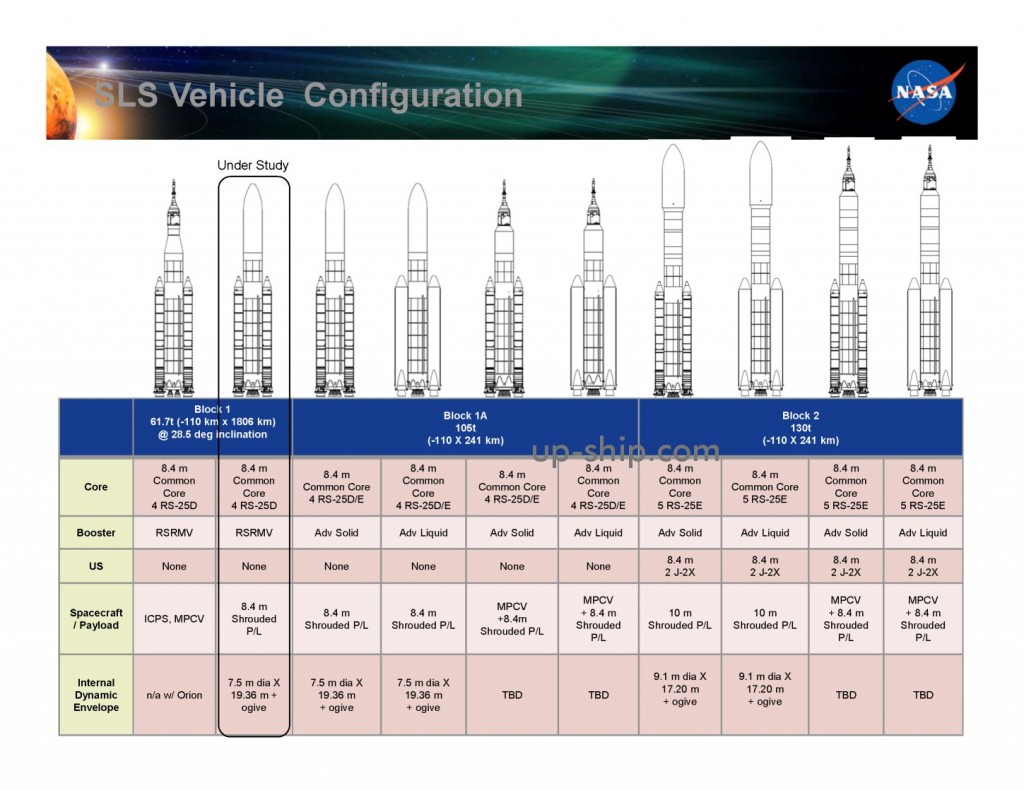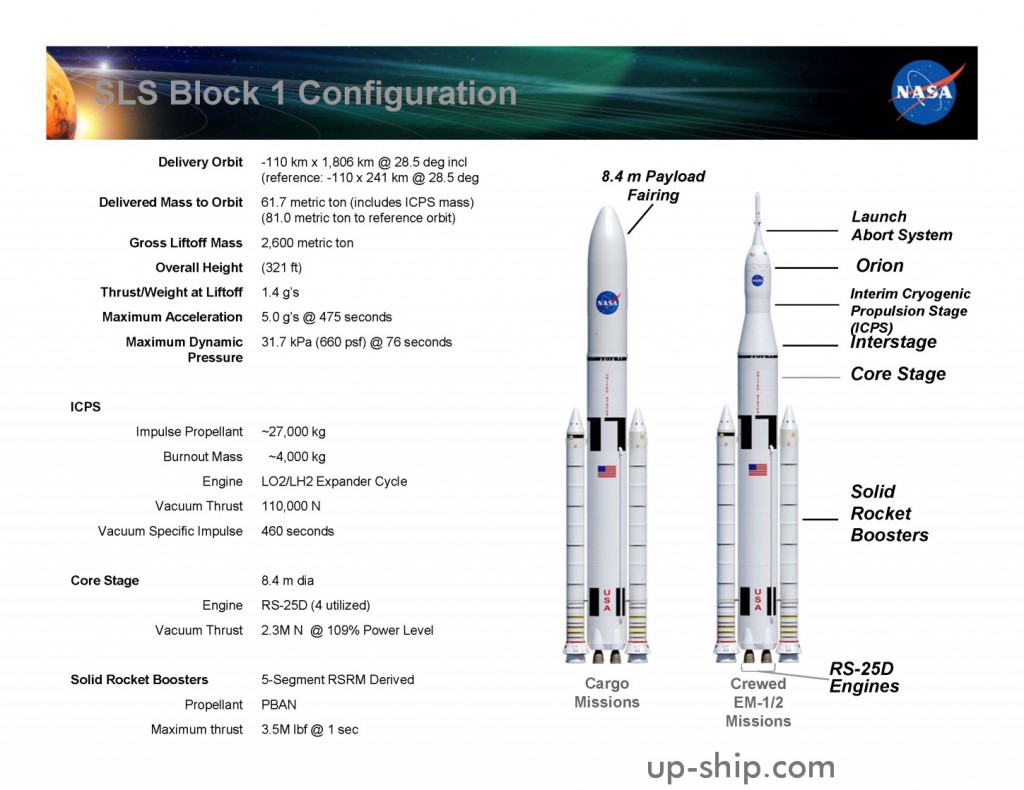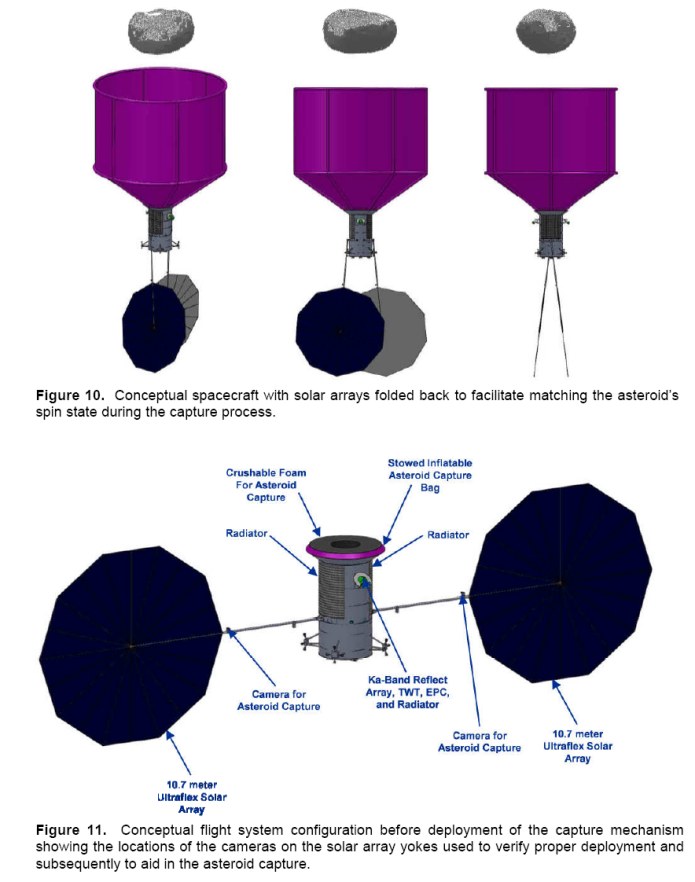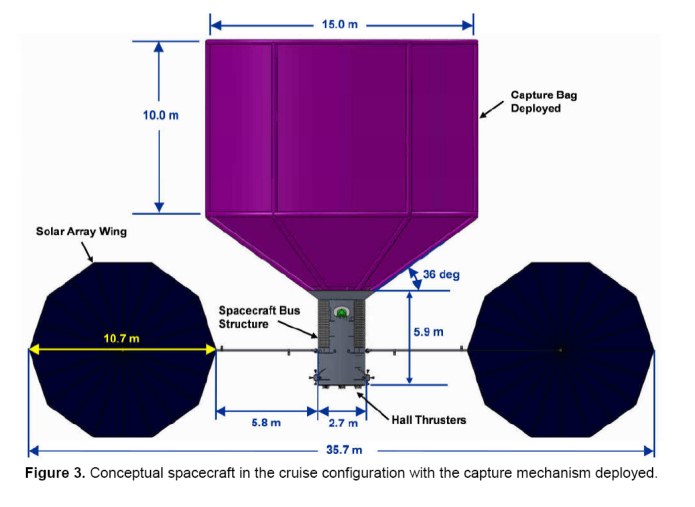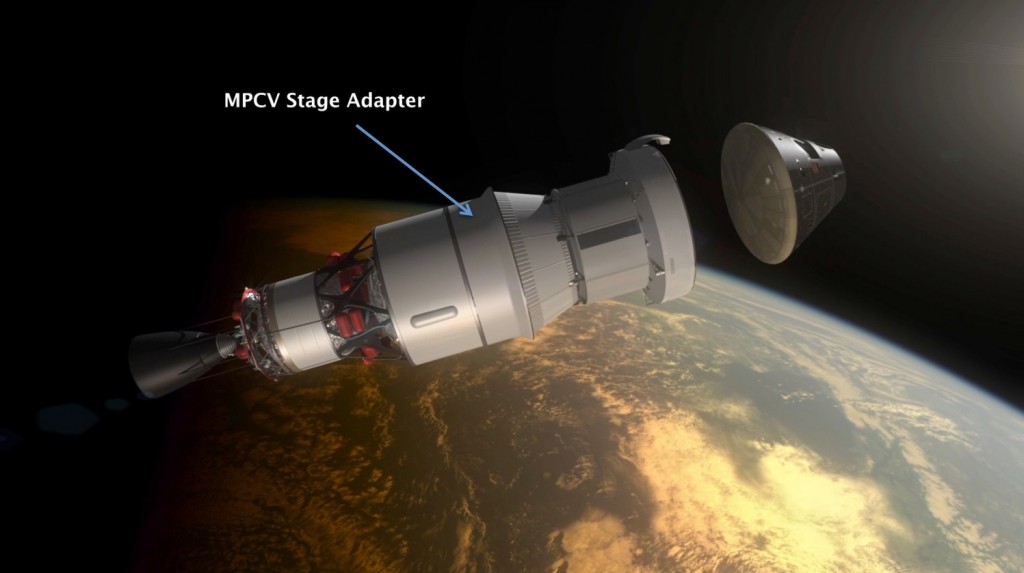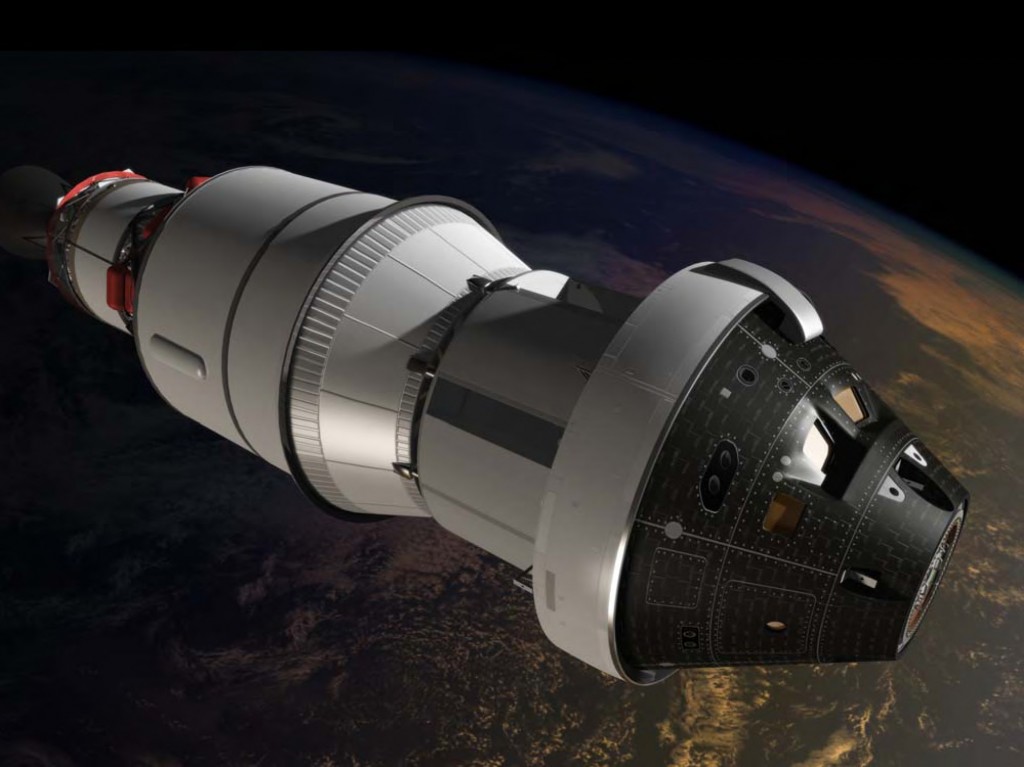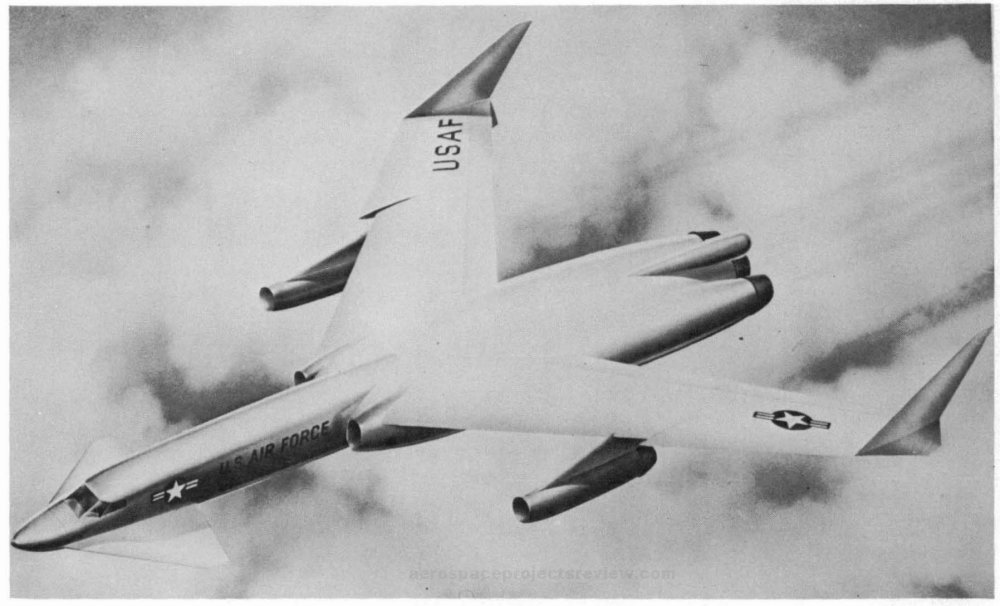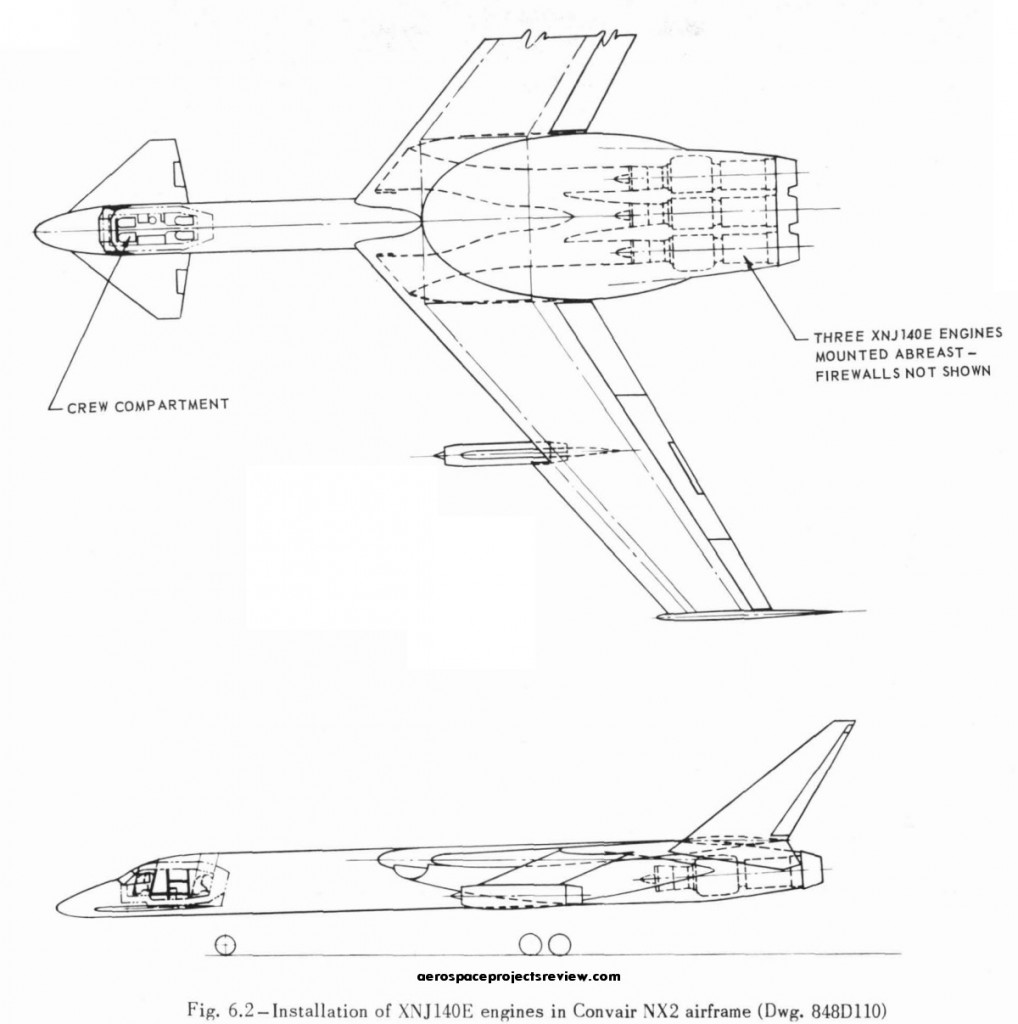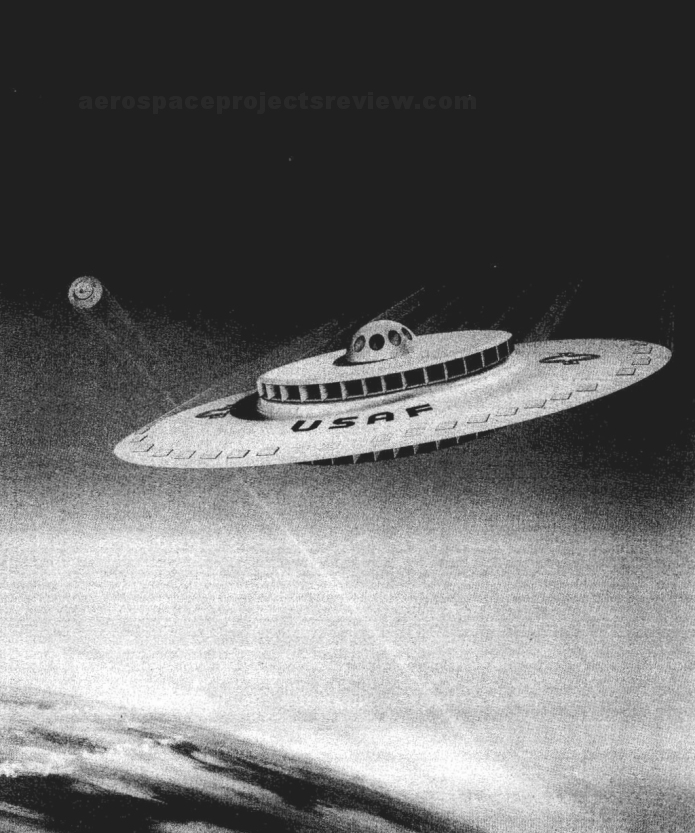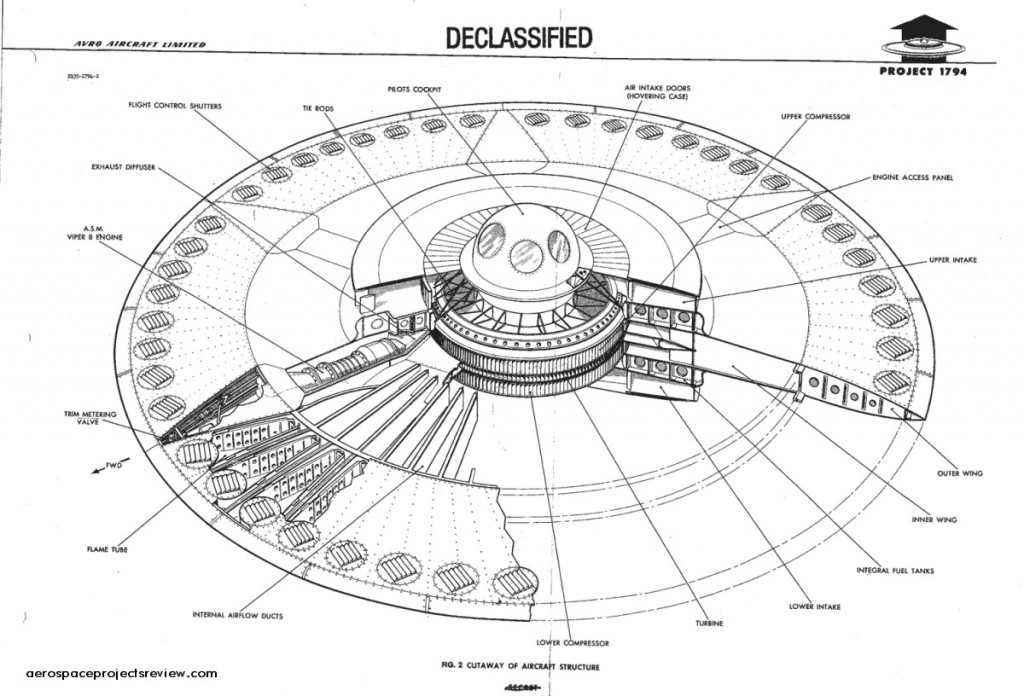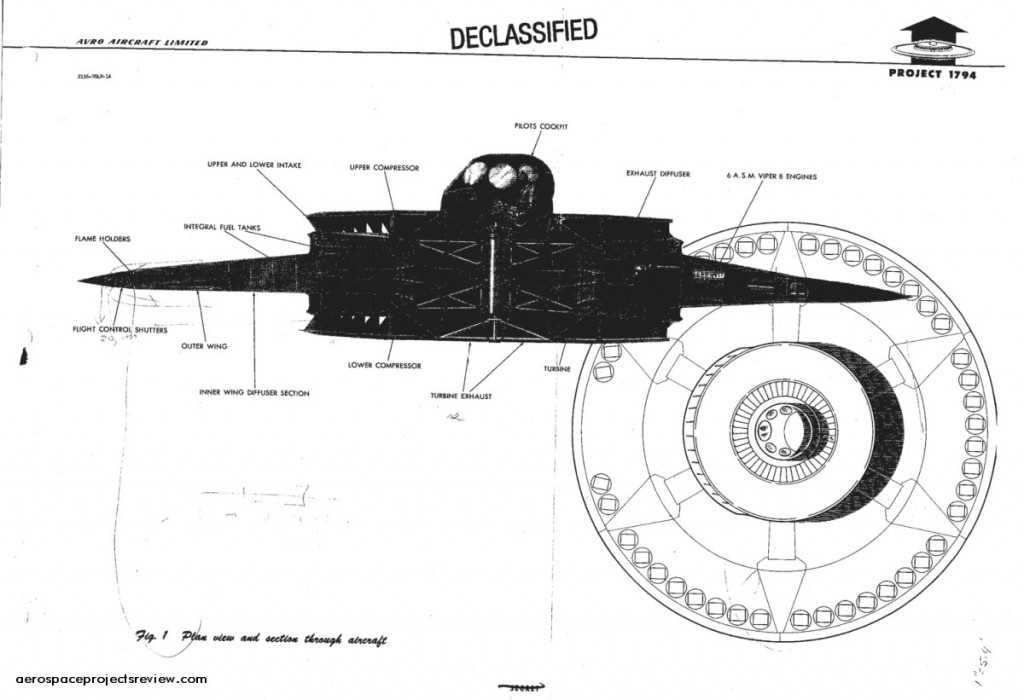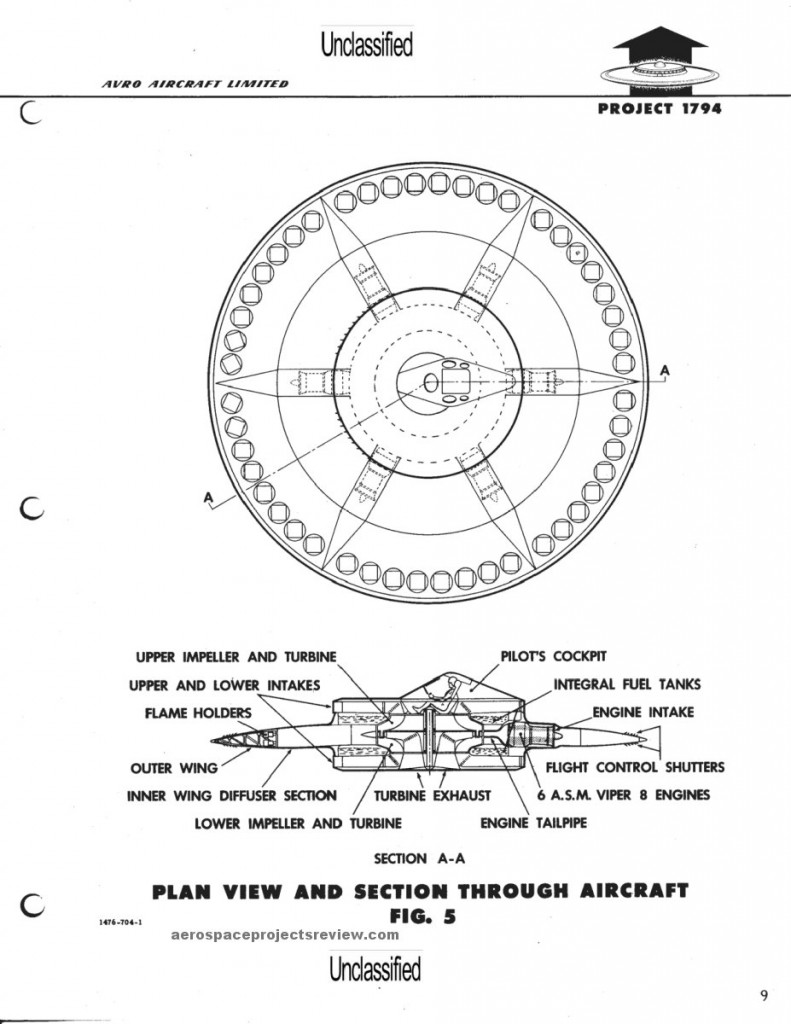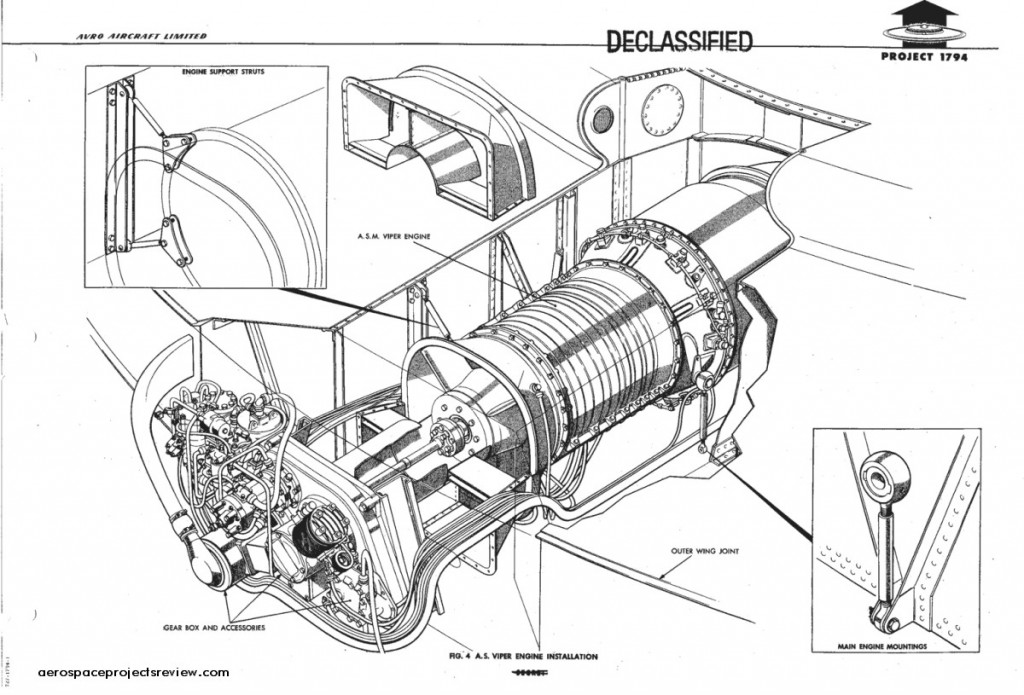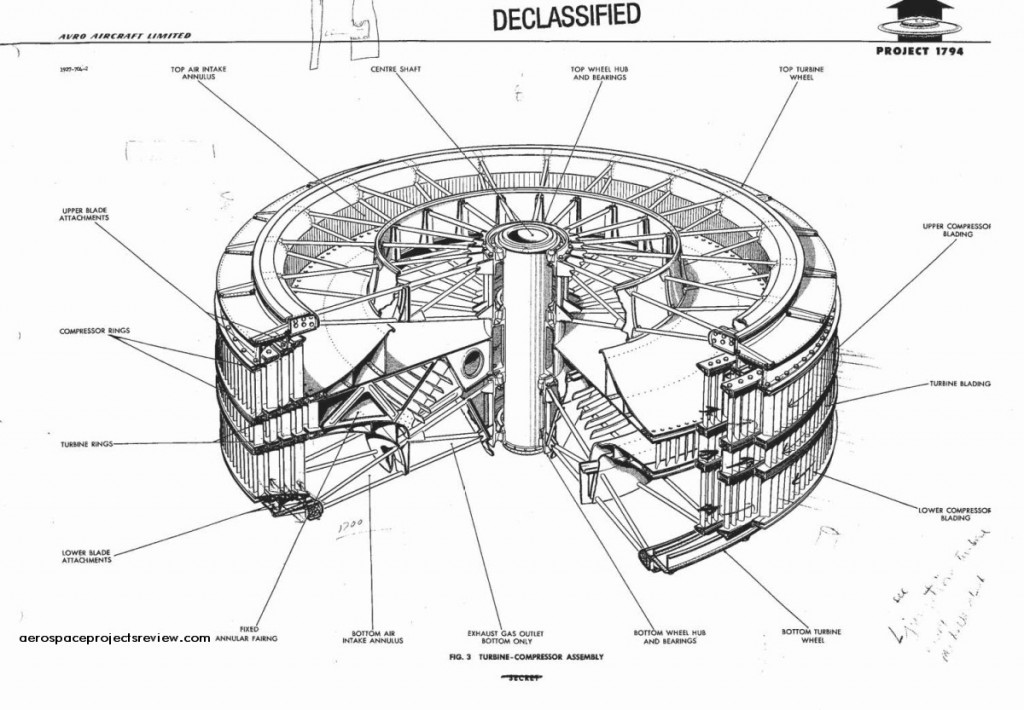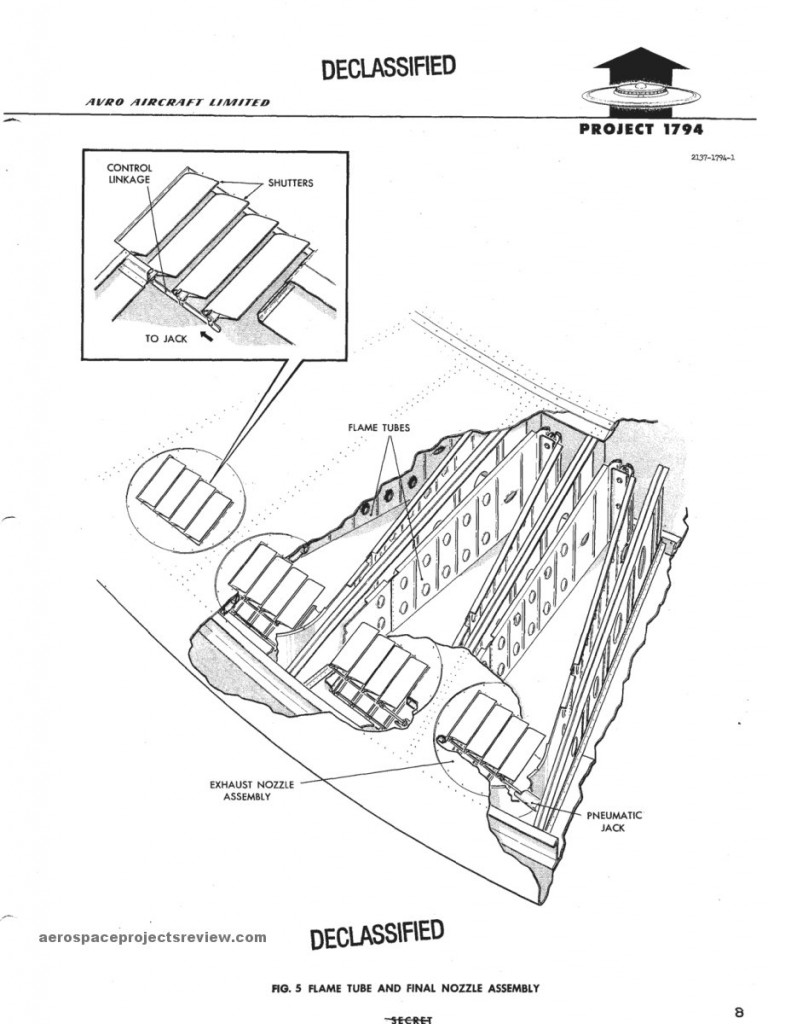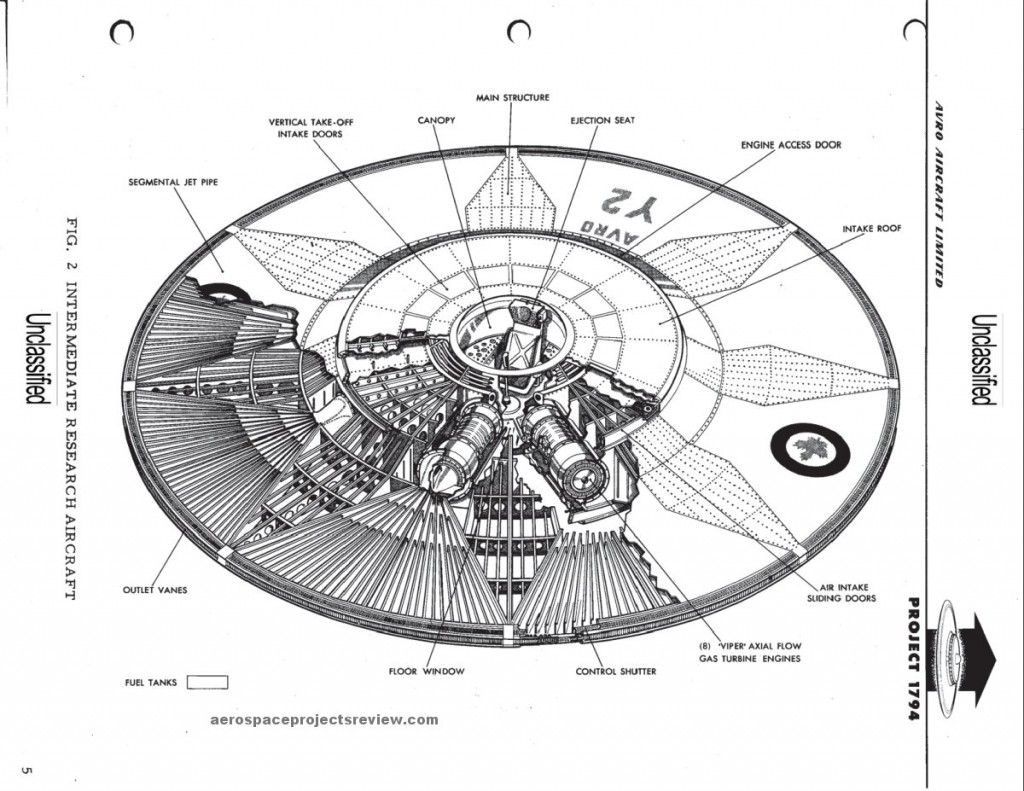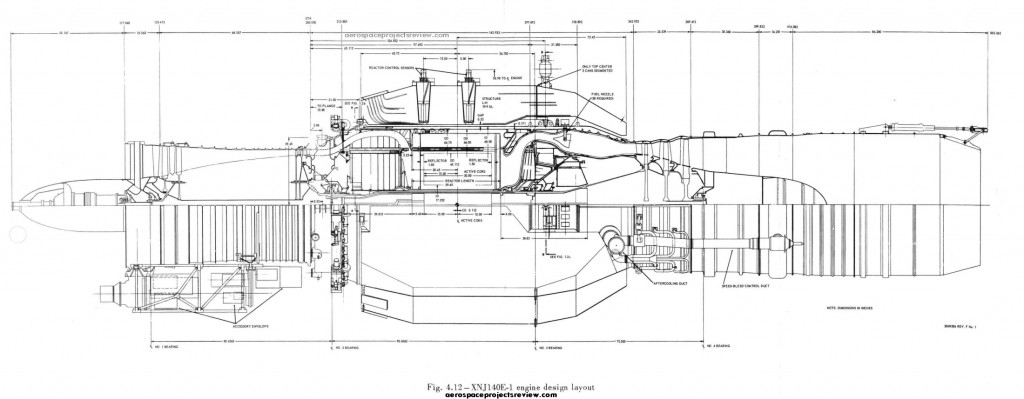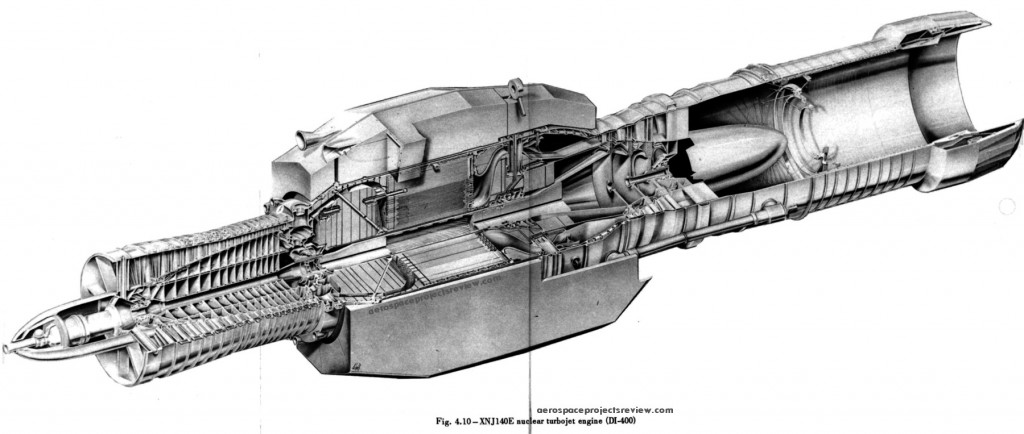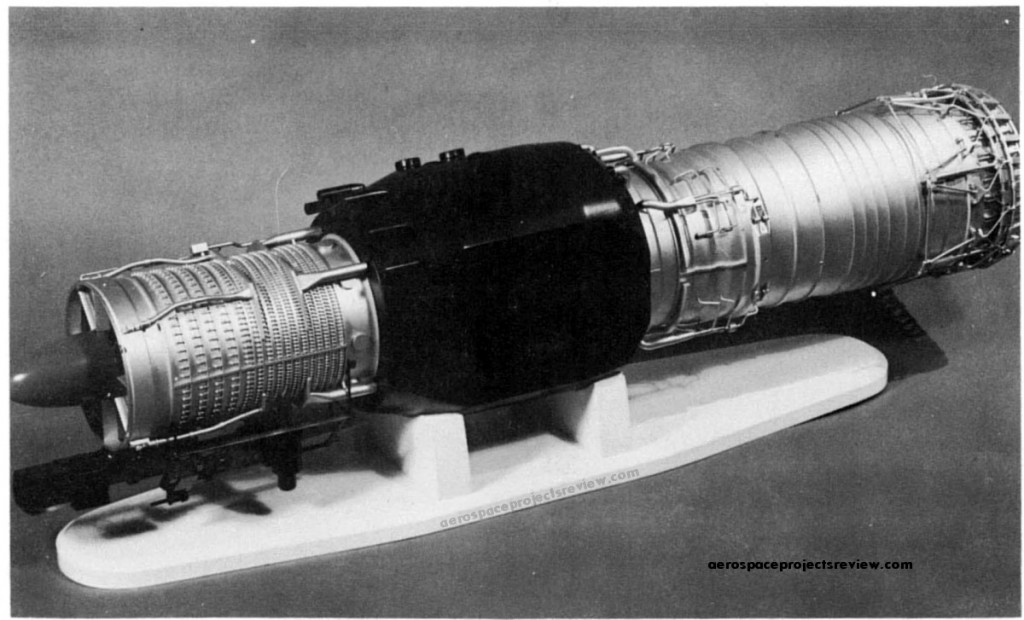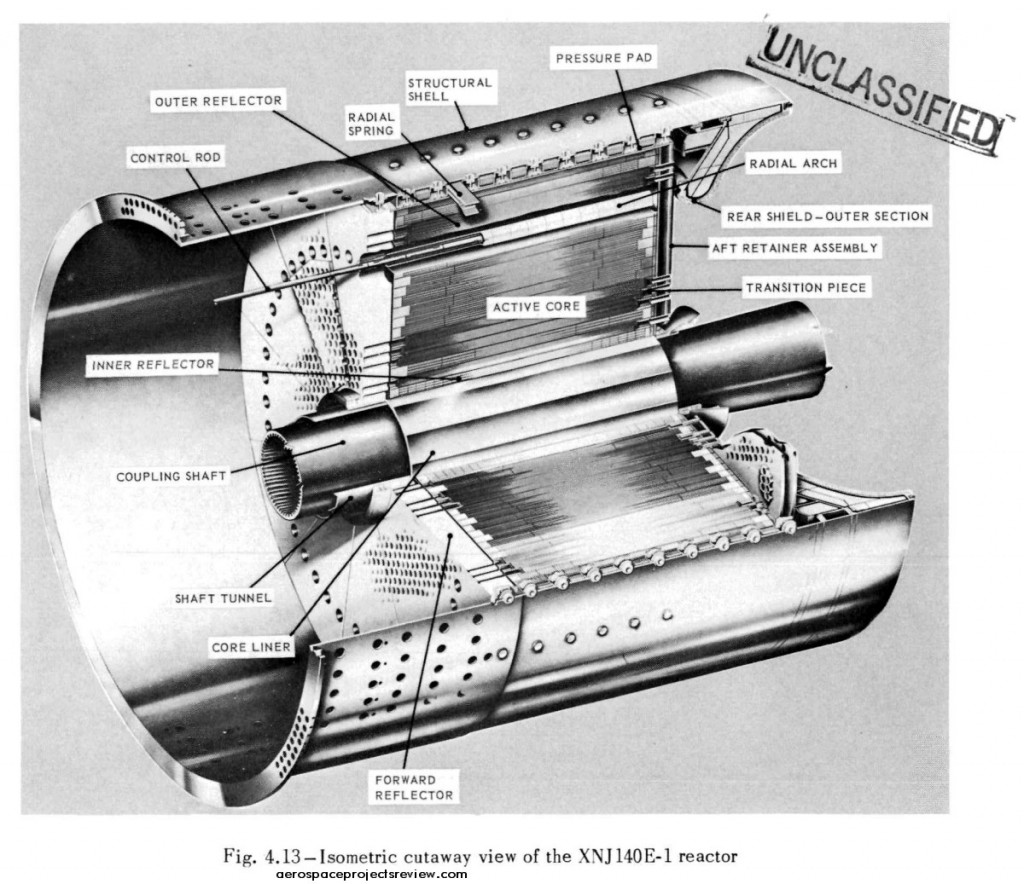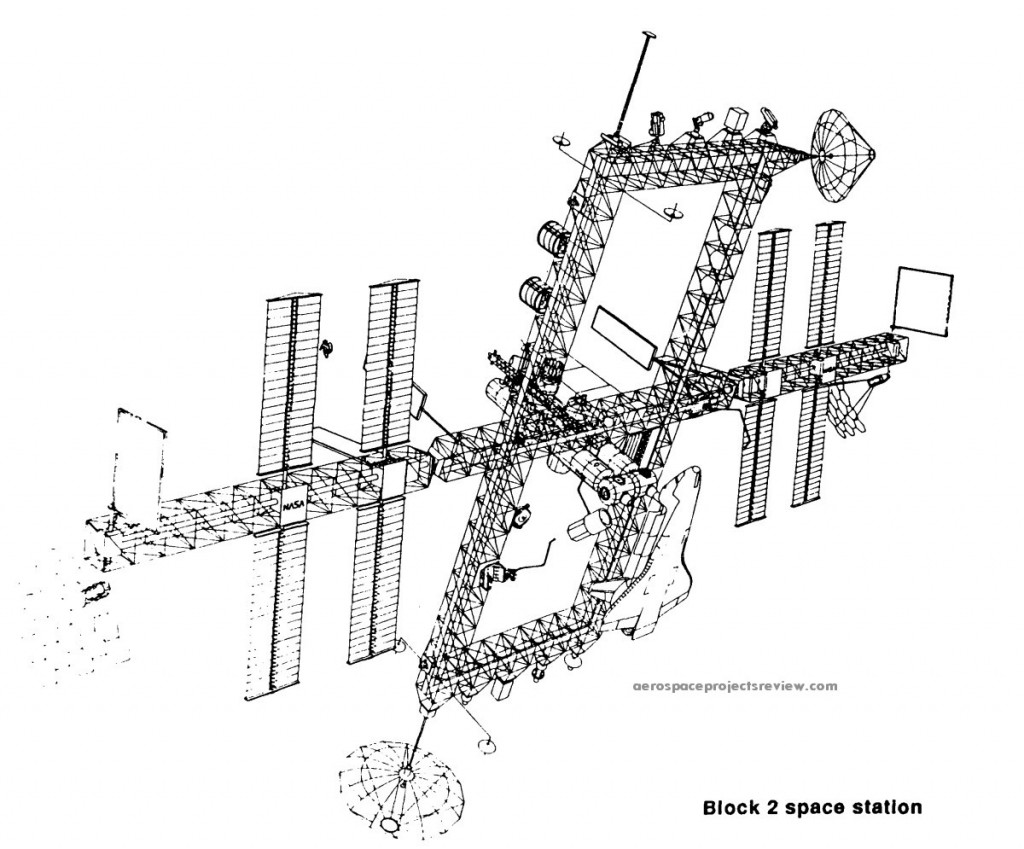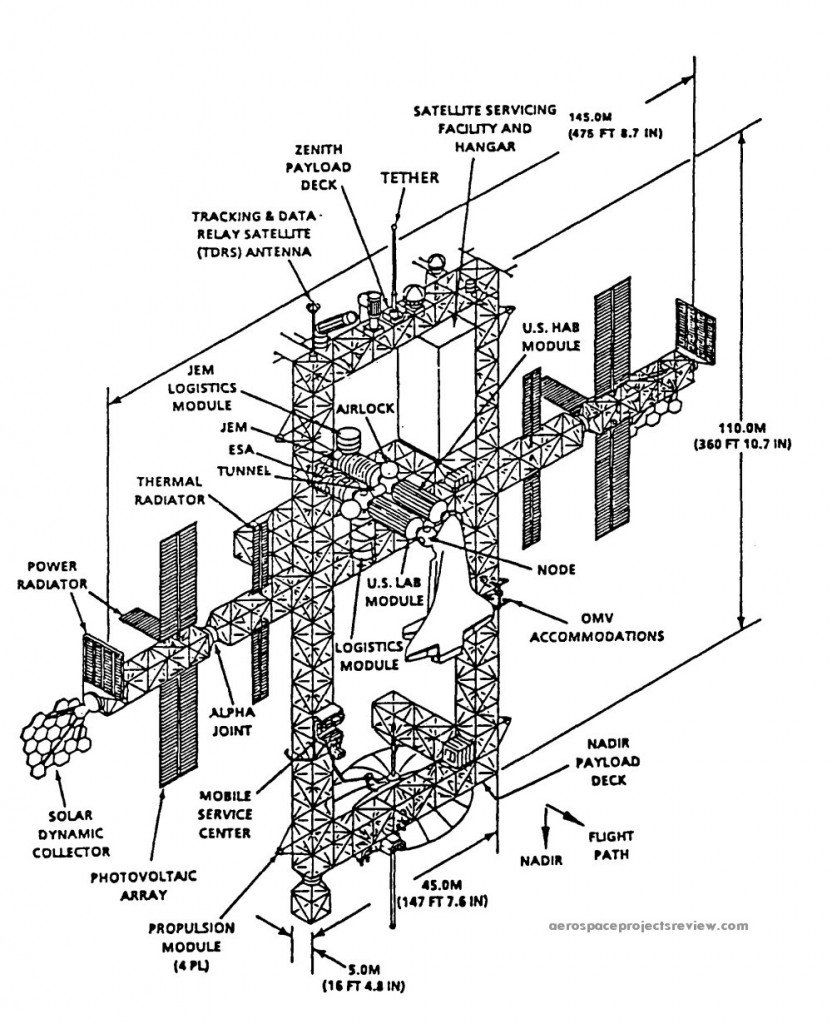A 1966 Grumman concept for a long duration Lunar rover based on Lunar Module equipment, namely the crew compartment. Specifically, the cabin was from a Lunar Model derivative “lunar Shelter,” designed to land on the moon, but not to lift off again. By removing the rocket engine, propellant and other associated systems, a great deal of internal volume and payload mass would be made available. By mounting the cabin to a chassis with four wheels and 8 kilowatts of fuel cells, the MOLEM could provide a mobile shelter for two men for 14 days, permitting a total range of 250 nautical miles. Two 50 watt RTGS would be provided to power the MOLEM for up to 3 months after unmanned landing and the arrival of a crew. Other MOLEM drawings are HERE.
An interesting study written for the Keck Institute of Space Studies (at JPL) has been published describing how to go about grabbing a near-Earth asteroid of about 7 meters diameter (250 to 1000 metric tons mass), and drag it into Lunar orbit.
The spacecraft is proposed to be an unmanned vehicle with Hall effect thrusters (a type of ion engine), using large solar panels to generate the electricity needed. The writers of the study suggest that a 500-ton asteroid could be transported to high lunar orbit by 2025. The small asteroid could then be used as a base of operations/source of raw materials for manned missions to the Moon and beyond.
The capture mechanism would be fairly simple: a large inflatable bag. The spacecraft would simply envelope the asteroid (after matching rotation), cinch in the bag, and slowly shove the rock to the Moon. Due to the exceedingly low thrust/weight that the loaded spacecraft would have, lunar orbit capture would be a complex dance.
The spacecraft would have an initial mass of 18,000 kilograms and would be launched by an Atlas V or similar booster. The 40 kilowatt solar-electric propulsion system would have an impressive Isp of 3,000 seconds, but a vanishingly low thrust (which does not seem to have been given in the study). 12 metric tons of the 18 would be xenon propellant for the thrusters.
The mission would be a very long duration one. After being delivered to low Earth orbit, 2.2 years would be required to spiral out to the moon. A gravity assist would be used to boost the craft towards the target asteroid; 1.7 years would be needed for the cruise. After rendezvous, 90 days would be needed to precisely match orbits, precisely match rotation, capture the asteroid and de-tumble. Another 2 to 6 years would be needed to transit to lunar orbit. Total: 6 to 10 years. One example mission involves launch on 4/28/2018 and return with asteroid 2008 HU4 (assumed to be 7 m diameter, 1300 tons mass) on 4/26/2026.
No point in developing a nuclear powered turbojet if you don’t have some sort of idea what you’re going to put it in. In the case of the XNJ140E, three of them were to power the Convair NX2. The NX2 was a research aircraft based on prior design work for a subsonic nuclear powered missile carrier, the Model 54 (not a “bomber,” per se, as it had no internal bomb bay and carried powered missiles rather than gravity bombs).
Numerous variants of the NX2 were designed, taking advantage of different nuclear turbojets. The design shown below used three XNJ140E’s to provide cruise propulsion; but for takeoff, two additional chemically fueled turbojets were provided in underwing pods.
The configuration was an unconventional canard layout. This had the advantage of letting the engines occupy the tail of the aircraft, clear of entanglements with wings or stabilizers. After landings the engines could be relatively easily removed from the aircraft for servicing and storage.
A few months ago some news sites went buggo with the declassification of several reports on the Avro-Canada Project 1794, a late 1950’s effort to develop a VTOL supersonic “flying saucer.” See, for example, Wired wildly inaccurately titled: “Declassified at Last: Air Force’s Supersonic Flying Saucer Schematics,” which ignores the fact that this design had been declassified fifteen or more years ago… I got a report from the NASM in the mid/late 1990’s, and have seen it online for *years.* Heck, a year or two back I made available some Avro documents on the topic (to thunderous silence, I’ll add).
While a technical masterpiece, it suffered from one minor flaw… it didn’t work. The “Avrocar” test vehicle proved wholly incapable of flight… it could hover in ground effect, and slowly wobble about, but could not generate enough vertical thrust to lurch clear of the ground.
Anyway, a few months back the National Archives declassified a box of reports, the tech blogosphere went nuts, and very little actually got posted online, just retreads of what the National Archives put in a single blog post. So, here’s some more Project 1794 stuff.
A layout illustration of the General Electric XNJ140E-1 nuclear turbojet. This is the developmental engine, not an operational engine, and does not seem to have a chemical afterburner.
The General Electric XNJ140E nuclear turbojet was proposed in March 1960 to meet then-current DoD guidelines for the nuclear aircraft program. It utilized a single X211 turbojet mated to a beryllium oxide reactor, a change from the prior XMA-1 engine standard which had one reactor powering two X211 turbojets. Ground test for the XNJ140E was scheduled for December 1962, with flight testing to begin in a Convair NX-2 in 1965.
The XNJ140E was designed for a lifespan of 1000 hours under power, at which point it was to be removed from the aircraft and overhauled. The XNJ140E-1 was to be the developmental model, and would have had an estimated dry weight of 60,600 pounds. Of that, 18,320 pounds were turbojet, while 42,230 pounds were reactor, shield and controls.
The reactor assembly was 33 inches long and 62 inches in diameter, formed from 25,000 hexagonal tubes made from yttria-stabilized beyllia containing uranium. Peak operating temperature was to be 2530 degrees F. The reactor was capable of at least 121 megawatts for a nuclear-only runway takeoff, providing 35,310 pounds of thrust at Mach 0 and at sea level. For cruise at 35,000 feet and Mach 0.8, 50.5 megawatts would provide 8,120 pounds of thrust.
Not much info on this as yet. An early 1958 General Electric study to provide the Snark intercontinental cruise missile with a nuclear turbojet to give the craft 200 hours of Mach 0.9 performance at 30,000 feet. As the Snark had only a single warhead, it’s not at all clear what this performance was hoped to accomplish.
Before the International Space Station was the International Space Station, it was originally Space Station Freedom. This was in the heady days of Reagan and anti-Soviet technological developments such as the Strategic Defense Initiative, the latter half of the 1980s. The Station as then envisioned would have been an all-American Station (although the Europeans and Japanese could tag along with modules of their own), designed to fulfill NASA and DoD requirements, rather than State Department requirements like the ISS. As with SDI, it was grandiose and of course not to be.
The Station as planned circa 1987 could be grown into a “dual keel” design quite a bit larger than the ISS as actually built. It would feature numerous solar power plants, both photovoltaic and solar dynamic. It was planned that a satellite servicing center would be fitted, allowing, as the name suggests, for the repair and refitting of satellites. In order to permit that, a space tug (OMV – Orbital Maneuvering Vehicle) would also need developing that could retrieve the satellites, then return them to their orbits.
Sadly, the Station was always a political football. The cost was immense, and with the collapse of the Soviet Union, the military applications of the Station (not least of which would have been the propaganda value of a Real American Space Station) ceased to seem relevant. Plans were scaled back, it was transformed into an International effort in order to spread cost and curry political favor, and the ISS end result is but a shadow of what was originally planned.
